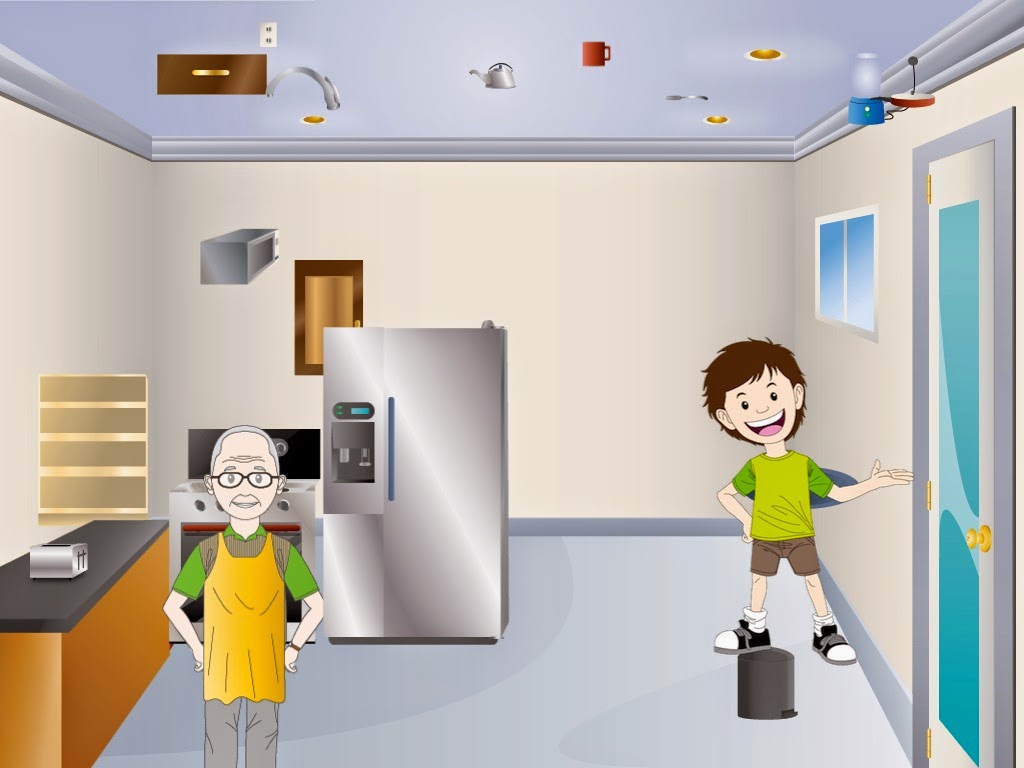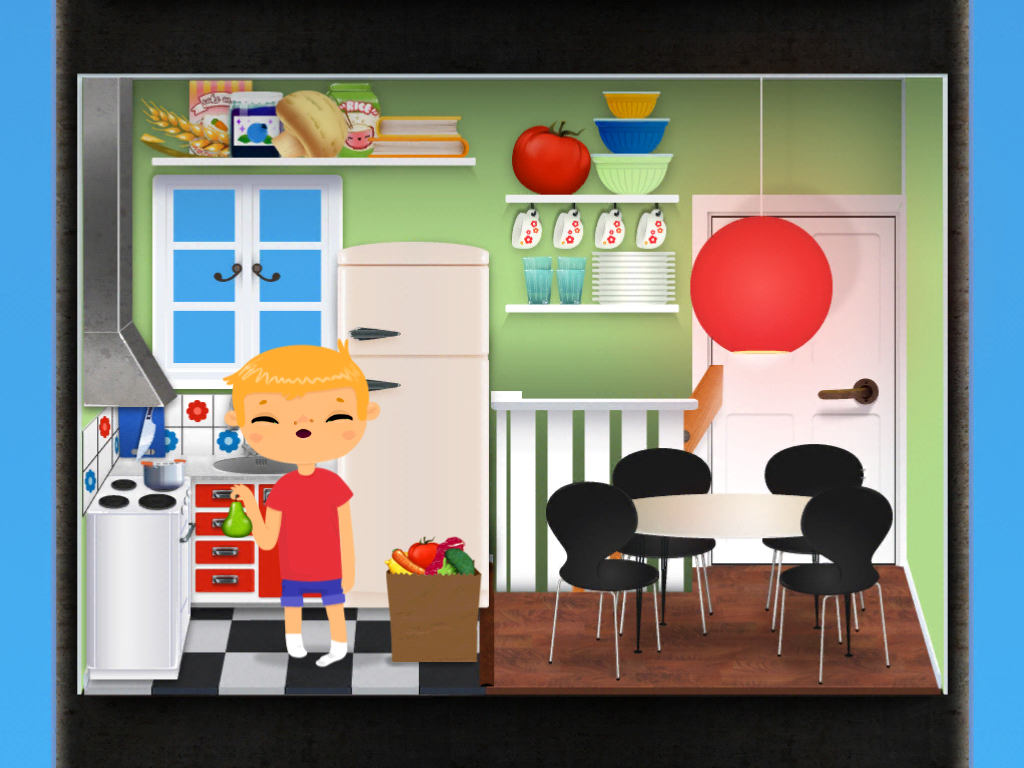The basics: If you go to http://www.speechbuddy.com/, the speech buddies are described as tools to teach correct tongue positioning for the sounds: R,L,S, ʃ (shoe), ʧ (chair) .
The tools were created and developed by SLPs and have research of use and effectiveness for the R and S tools. There are two separate versions of their website. When you follow the link, it will prompt you by asking if you are a parent or speech-language pathologist. You can then choose the sound your child/student needs to improve, their age, and their speech challenge. This is where you can choose to share a medical diagnosis. If you choose a diagnosis that is not articulation-related (ex. stuttering or selective mutism), the message states that speech buddies are not appropriate for your child. There is also an option once you complete these fields to find a speech-language pathologist near you!
Our trial with Speech Buddies:
If you don't already know, our practice has a variety of neurotypical clients and clients with multiple communication needs. We specialize in AAC, but most of our clients who need speech generating devices have diagnoses of Dysarthria, Apraxia, or both! We do have some traditional articulation and/or language clients as well. I have tried the speech buddies R,L,and S with three different clients. All are very different from one another, but have all responded to the speech buddies in their own way.
- Client One has a traditional articulation disorder characterized by distortion of the postvocalic R. He has been working on traditional drill therapy for years, and I immediately suggested we try the "Rabbit Buddy". Although he has difficulty hearing the difference between his productions of the sound, I am able to help him identify when he has a correct production with the Rabbit Buddy tool. He pauses after that reinforcement to remember his tongue and lip placement when using the tool in the correct position. Each kid's placement of this tool can vary based on their tongue size and lip placement. For example, this client needs to place the tool closer to the posterior portion of his tongue to complete the "curl" of the tongue. For a total of 8 visits in our clinic and practice 3-5 days a week at home, he has shown improvement with the /ear/ and /air/ positions of R in words.I recommend continued therapy to improve overall productions, but wanted to report his progress so far :)
- Client Two is primarily nonverbal, however is beginning to produce the bilabial M and use vocal play. We have started to use the Speech Buddies L and S for placement. He is not yet able to coordinate his movements and sound together, however his placement for L is perfect and is able to do it without the Lion Buddy in his mouth after a couple of trials! His mom liked the Speech Buddies so much, she bought the whole set! Hopefully I will have an update to this post with more sounds being mastered :)
- Client Three has acquired Apraxia and able to produce M in syllables (CVCV). He approximates T, D, and L but they are not yet perfected. I have trialed the S "Seal" Speech buddy with him. The tactile cues are very helpful, but he really requires more preliminary focus on articulator (lip and tongue) strength and coordinated movement before we can move to the production of S. As with any plan of treatment, we will continue working toward making small steps to gain these speech sounds!
Speech Buddies are a great alternative to traditional tactile cues given for articulation therapy. They also provide online support with sound drills in various positions of syllables and words (the company labels these as 'Games'). It appears that some precursors are needed prior to using these tools. For example, if you have a client with Apraxia who is working on differentiated lip and tongue movements, they may not be ready for using one of these tools that require isolated tongue movement. I would say base this decision on your professional judgment as a speech-language pathologist.
*I forgot to mention that Speech Buddies also offers lesson plans and games for parents and children to work on articulation at home without the help of an SLP. The only time I would recommend this would be following an evaluation and plan of treatment provided by a certified Speech-Language Pathologist who believes your child can make progress on articulation without professional support.
What we would love to see!
As a result of our trial in this clinic, we have a few things we would love to see added to the Speech Buddies repertoire. First, we would like to see more interactive games on their website (or maybe even an app!)
I told my clients we were going to play games online, then one of them promptly said "this is just working on our words again!" A theme-based or reward-based practice game would be fun and kids may be less likely to view it as "work."
We also have some kids who are only beginning to work on their sounds, meaning they need beginning sounds like P,B,M, K and G. We know the reason the Speech Buddies were created as R,L,S, ʃ ,ʧ is because they are the most commonly misarticulated. A wider range of options would be nice, too! If you're going to try the Speech Buddies in your clinic or recommend them to a parent, we say try them in the clinic first. You will know if it's going to work for the client within a couple of visits and it's not a big financial commitment for the parent if this approach doesn't work for your client. More updates to come!

















